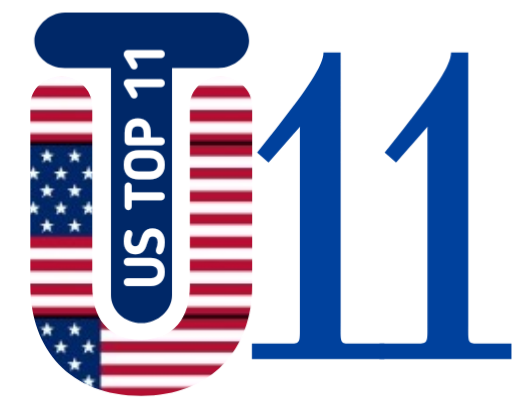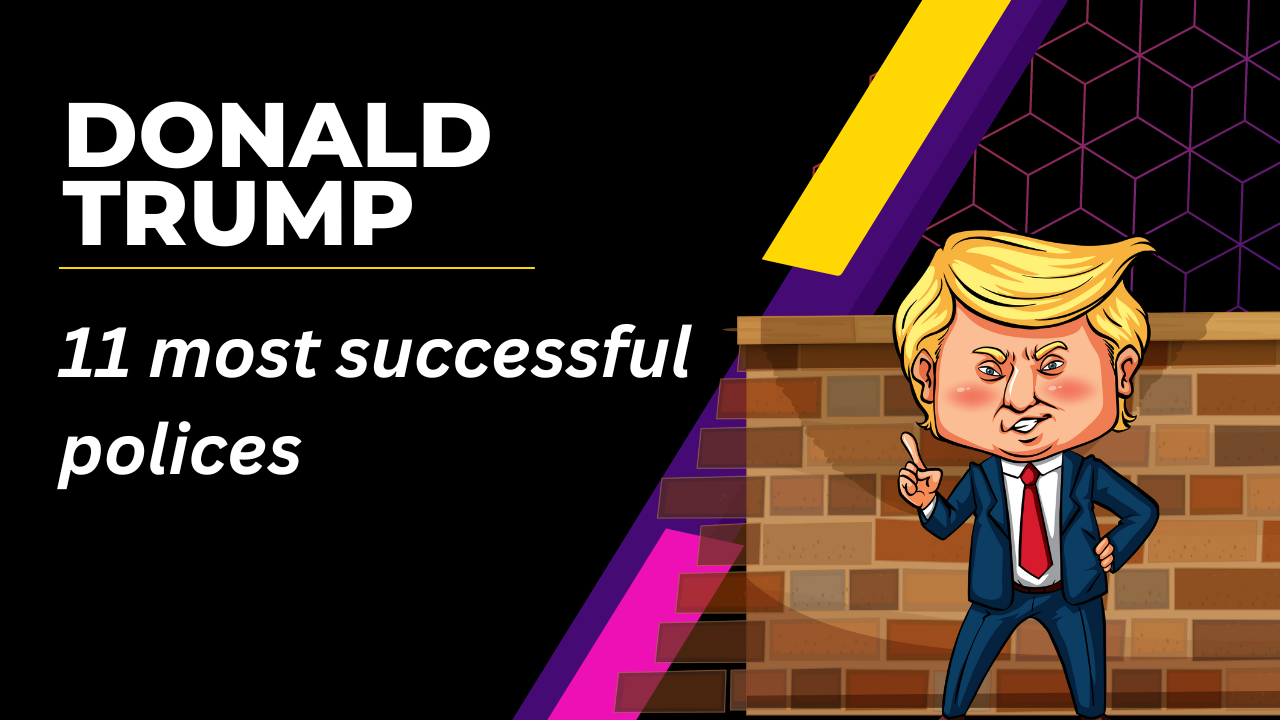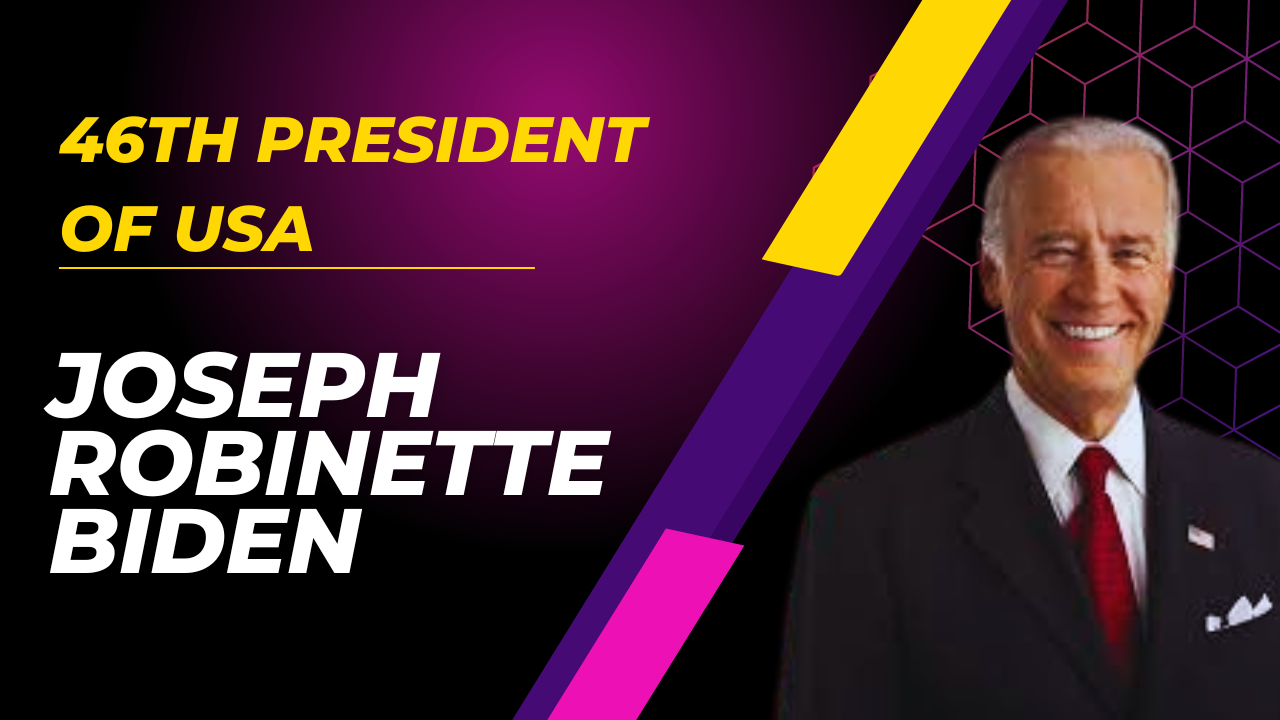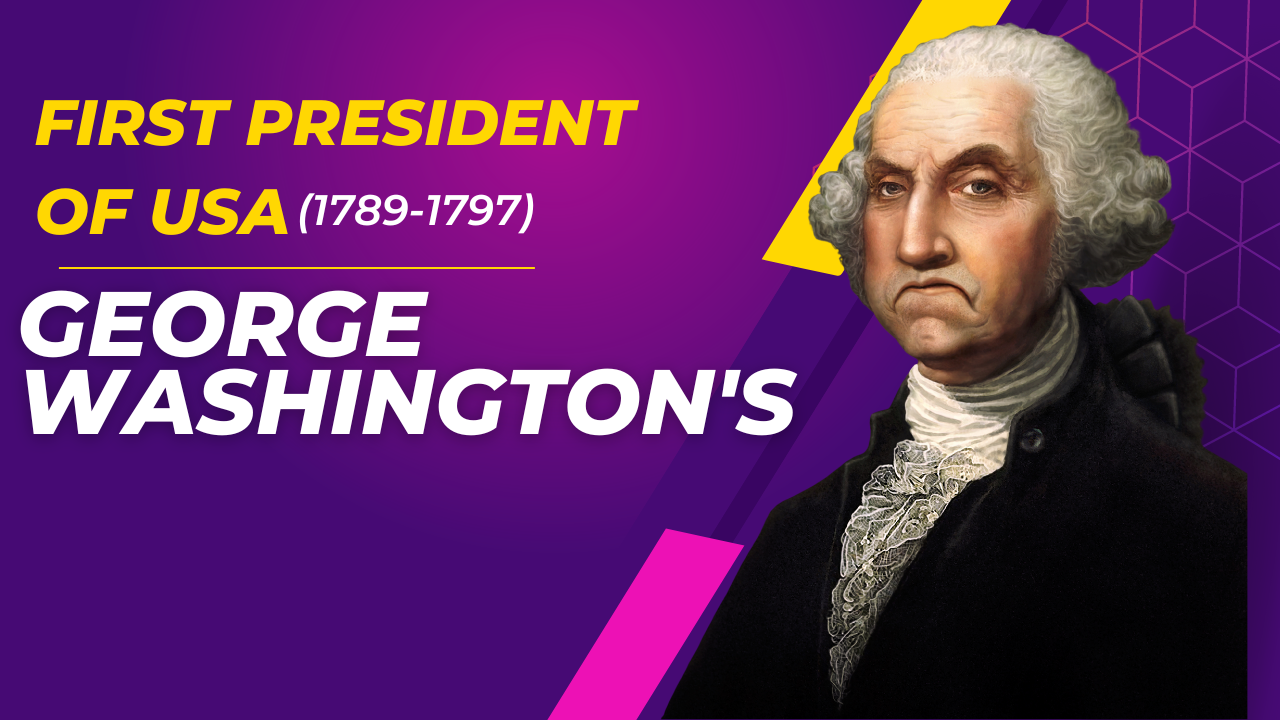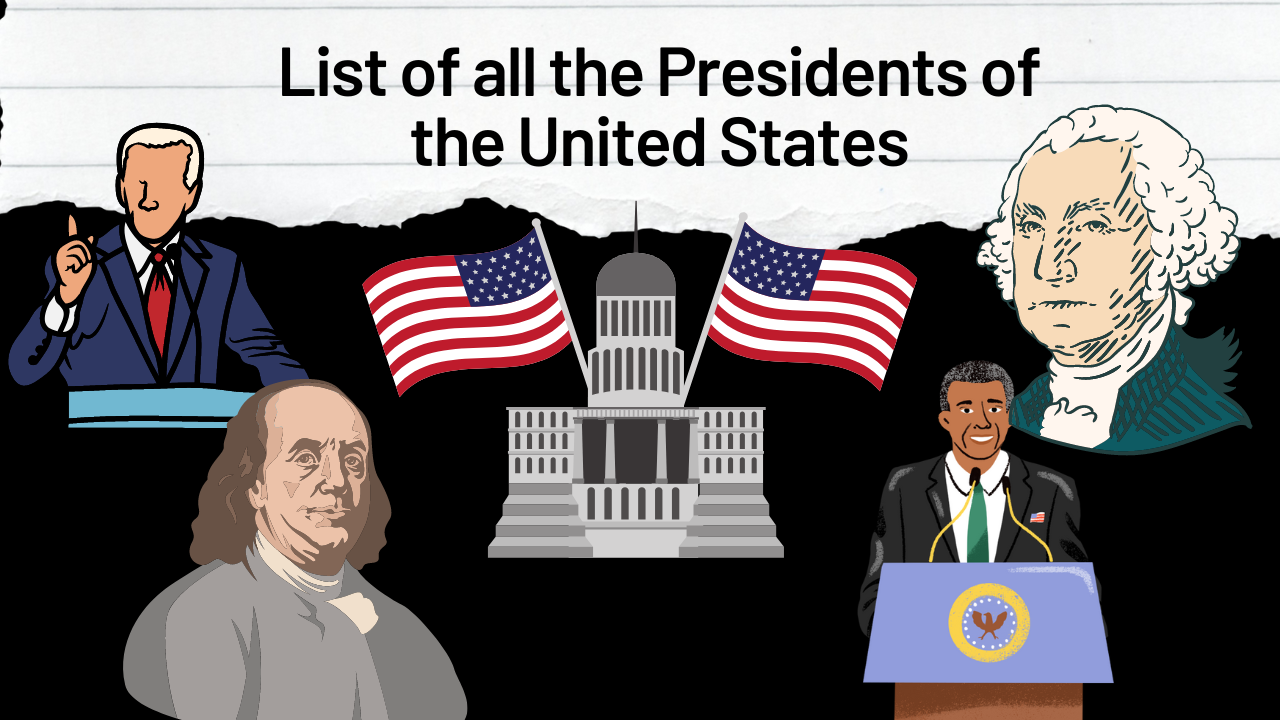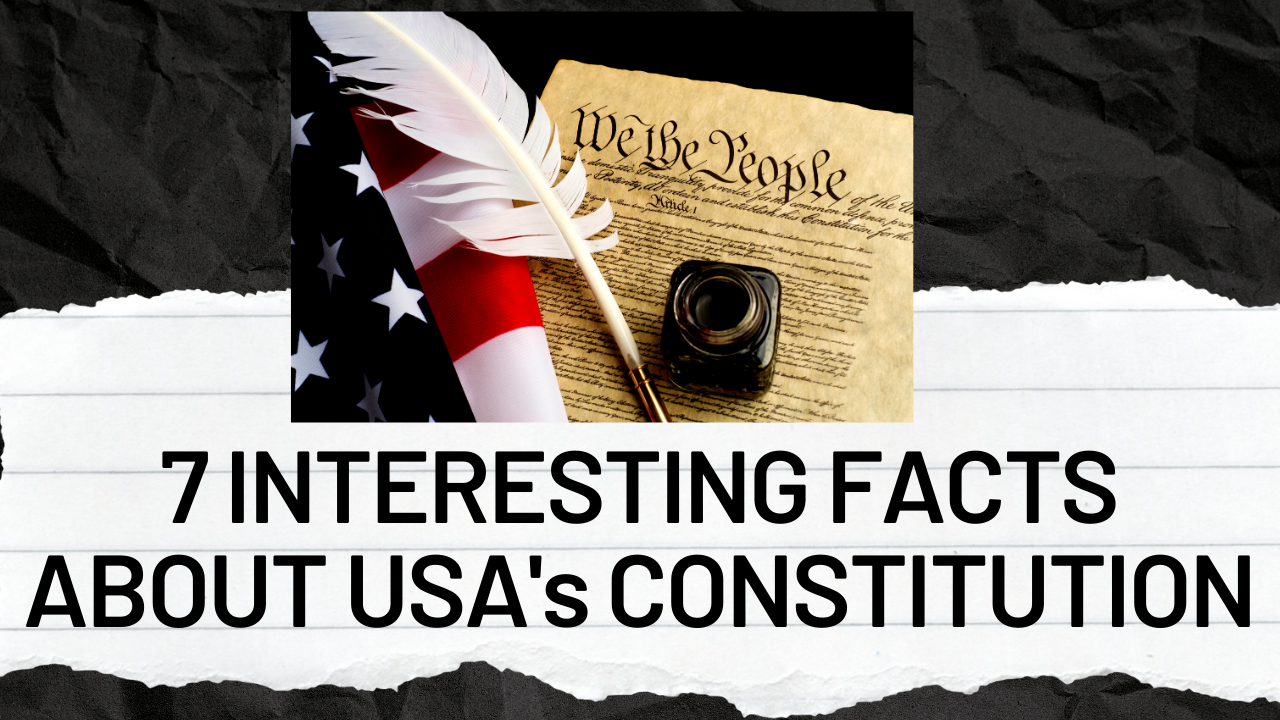“Make America Great Again” is a slogan that was popularized by former President Donald Trump during his 2016 campaign for the presidency. The phrase encapsulates a sentiment of nostalgia for a perceived golden era in American history, when the country was economically strong, respected on the global stage, and secure within its borders.
For many Trump supporters, “Make America Great Again” represents a belief that the United States has lost its way in recent years, and that the country needs to return to its traditional values and ways of doing things. This includes a focus on economic nationalism, a rejection of multilateral trade deals, and a commitment to “law and order.”
One of the key policy proposals that Trump campaigned on was the idea of “America First.” This idea was rooted in the belief that the United States should prioritize its own interests over those of other countries. Trump argued that previous U.S. leaders had been too willing to compromise American sovereignty in order to pursue globalist policies that benefited other countries at the expense of the United States.
Another key aspect of the “Make America Great Again” message was a focus on immigration. Trump campaigned on the idea that the United States needed to take a more aggressive stance on immigration in order to protect the country’s borders and preserve jobs for American workers. This included building a wall along the U.S.-Mexico border, and implementing a travel ban on several majority-Muslim countries.
Trump also promised to bring back jobs to the United States by renegotiating trade deals, such as the North American Free Trade Agreement (NAFTA) and the Trans-Pacific Partnership (TPP), and by imposing tariffs on imported goods. He also promised to cut taxes for businesses and individuals, which he believed would stimulate economic growth.
The “Make America Great Again” message was also rooted in a belief that the United States was losing its global standing. Trump promised to restore American military might and to take a more aggressive stance on foreign policy. He also promised to “drain the swamp” in Washington D.C. and to reduce the influence of what he called the “deep state.”
In conclusion, “Make America Great Again” was a message that resonated with many Americans who felt that their country was on the wrong track. It was rooted in the belief that the United States had lost its way in recent years, and that the country needed to return to its traditional values and ways of doing things. This message was centered around themes of economic nationalism, immigration, jobs, military strength, and restoring America’s global standing.
11 Interesting Points “Make America Great Again” – President Donald Trump
- “Make America Great Again” is a slogan popularized by former President Donald Trump during his 2016 campaign for the presidency.
- The phrase encapsulates a sentiment of nostalgia for a perceived golden era in American history.
- For many Trump supporters, “Make America Great Again” represents a belief that the United States has lost its way in recent years.
- The message of “Make America Great Again” focuses on economic nationalism and the rejection of multilateral trade deals.
- Trump campaigned on the idea of “America First,” prioritizing the United States’ interests over those of other countries.
- Trump’s campaign also emphasized a more aggressive stance on immigration to protect the country’s borders and preserve jobs for American workers.
- Trump promised to bring back jobs to the United States by renegotiating trade deals and imposing tariffs on imported goods.
- He also promised to cut taxes for businesses and individuals to stimulate economic growth.
- Trump’s message was rooted in the belief that the United States was losing its global standing and promised to restore American military might.
- Trump promised to “drain the swamp” in Washington D.C. and to reduce the influence of the “deep state.”
- The “Make America Great Again” message resonated with many Americans who felt that their country was on the wrong track.
